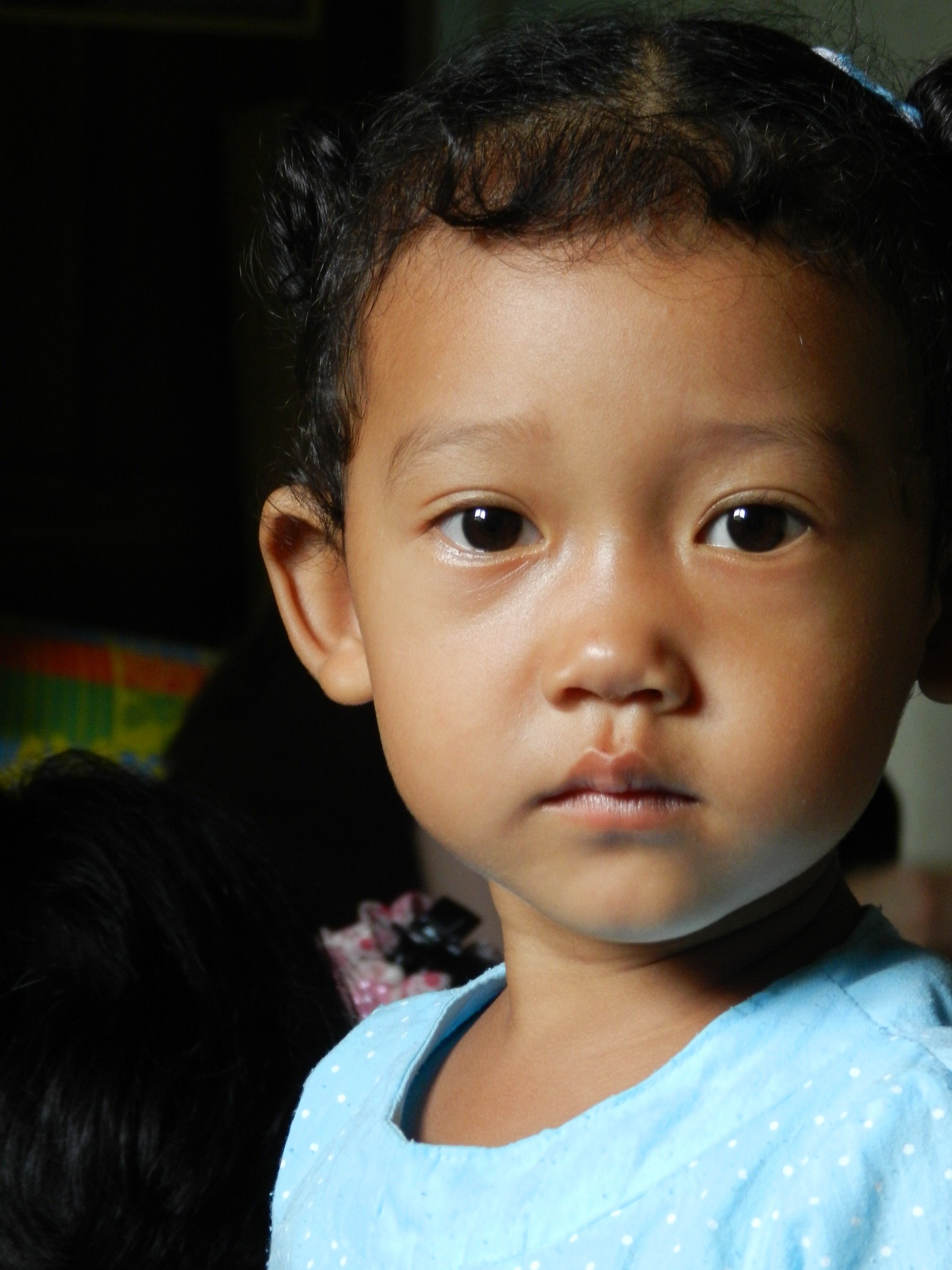Wages & Labor
Hawaiʻi’s 2022 minimum wage increase, which will establish an $18 wage floor by the year 2028, will boost pay for 200,000 local workers by $1 billion annually. Yet this still falls short of Hawaiʻi’s high costs, leaving workers vulnerable when illness or caregiving forces them to miss work. Stronger safety nets are urgently needed—particularly paid family and sick leave—to support workers and stabilize businesses and the economy.
2026 Legislative Priorities
-
In 2028, Hawaiʻi current minimum wage increase law will achieve its final scheduled increase to $18 an hour. However, the cost of living will continue to rise each year afterward. It is important that Hawaiʻi’s leaders secure legislation ahead of time to ensure that the minimum wage continues to rise to account for cost of living increases.
In 2028, $18 an hour will still be well below a self-sufficiency level, or “living wage.” The next minimum wage law must continue our progress in catching up the legal minimum wage to a truly livable level. Indexing further increases to inflation or another cost of living measurement will ensure the wage continues to rise gradually from here on out, ensuring no Hawaiʻi worker falls below the livable level again.






Will White aims to build from the organization’s solid foundation to advance its mission of advocating for economic justice for Hawaiʻi's people.